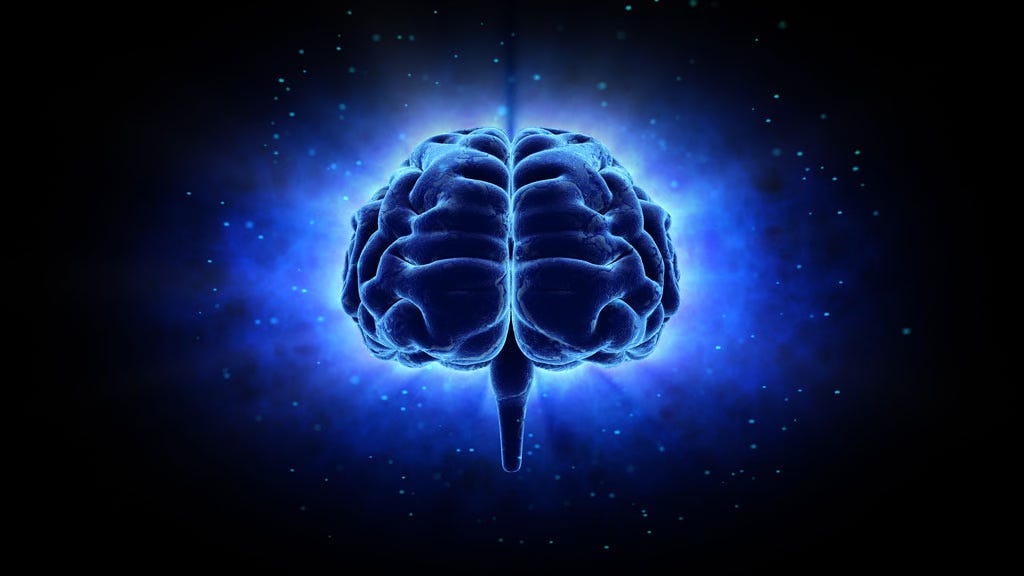How Brain Waves Impact Your Memory
BRAIN FITNESS, BRAIN HEALTH, BRAINTAP APP, HEALTH AND WELLNESS
What are Brainwaves?
In a split second, it takes to remember a name or focus intently on a task, and a powerful network of electrical activity unfolds in your brain. These rhythmic patterns, known as brainwaves, shape how we remember, process, and retrieve information. Created as neurons communicate, brainwaves influence everything from relaxation and focus to complex memory storage and recall. Each brainwave type—Delta, Theta, Alpha, Beta, and Gamma—has its own frequency, linked to mental states that affect how we learn, store, and access memories. By understanding these brainwave patterns, we gain insight into how the brain supports memory, from sleep-based consolidation to quick recall in high-pressure moments.
How Brain Waves Impact Your Memory
Have you ever misplaced your keys and couldn’t remember where you left them? This everyday experience highlights how our brains juggle information, even amidst distractions. Brainwaves play a central role in managing and organizing memory, impacting attention, decision-making, and recall abilities. Understanding how brainwaves contribute to memory formation and retrieval can reveal ways to boost mental clarity and efficiency.
What is Working Memory?
Working memory is a short-term system for storing and handling information necessary for immediate tasks like learning, reasoning, and comprehension. Imagine it as a mental workspace, holding, organizing, and processing information for quick decisions. Here, the brain decides whether to transfer information to long-term memory or let it fade, freeing up mental space.
This memory system has a limited capacity, typically handling about seven items at once. This is why memorizing a short list or phone number can be challenging without external support. Working memory is essential for cognitive functions, from problem-solving and decision-making to following instructions, and its efficiency significantly influences daily productivity, learning, and focus.
How Does the Brain Form Memories?
Memory formation is a complex process involving multiple brain regions. New information is first encoded in the hippocampus, a small but crucial area for memory. Here, neuron connections strengthen through repetition, creating a “memory trace.”
In this process, the hippocampus and prefrontal cortex (responsible for thought and reasoning) communicate through brainwaves. Two frequencies are particularly involved: beta waves reinforce correct associations, while theta waves suppress incorrect ones, guiding what the brain retains. This dynamic exchange shapes our learning and memory.
The Role of Brainwave Entrainment
Brainwave entrainment refers to the synchronization of the brain with external rhythms. For example, BrainTap leverages specific brainwave frequencies associated with deep relaxation and focused states. This technique uses rhythmic guidance, encouraging the mind to relax and reach levels where visualization becomes highly effective.
In such a relaxed state, guided visualization prompts mental imagery that aligns with personal goals or aspirations. This goes beyond imagination, creating vivid sensory experiences and engaging various senses. At its core, visualization helps bridge imagination and reality, reinforcing pathways linked to resilience, skill development, and creativity. Regular practice builds mental clarity, focus, and confidence, supporting transformative personal and professional growth.
The Impact of Brainwave Synchronization on Memory
Coordinated brainwave patterns are essential for efficiently managing working memory. This synchronization enables different brain regions to communicate smoothly, processing and storing information seamlessly. For example, when beta and gamma waves work together, they enhance focus and the quick integration of new information. Additionally, transitioning into theta and delta waves during sleep is vital for memory consolidation, protecting the brain from daily interference.
Understanding these brainwave patterns offers valuable insights into supporting memory. Practices like meditation, brainwave entrainment, or focused mental training can help create balanced brainwave patterns, supporting memory, focus, and learning.
Conclusion
Exploring how brainwaves impact memory gives insight into cognitive functions. Research suggests that brainwaves synchronize in specific patterns, crucial for working memory—the system for holding and manipulating short-term information. This ability supports reasoning, problem-solving, and planning.
By embracing practices that promote balanced brainwave activity—like meditation, mental training, or brainwave entrainment (through the BrainTap App)—individuals can enhance memory, sustain attention, and improve cognitive flexibility. These improvements contribute to mental wellness, equipping individuals with a balanced mind capable of tackling complex tasks and adapting to challenges with clarity and resilience.
Ready to prioritize your brain health? Start your free trial with BrainTap today!
Or you can call The Natural Life at 706-529-1149 to schedule a free session today


